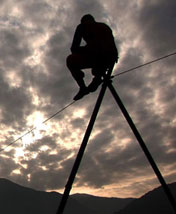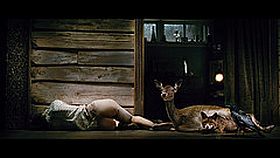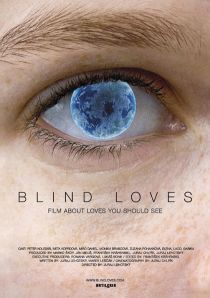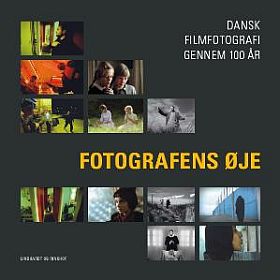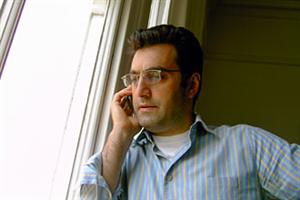Så kom fotografernes store bog om deres fag og om dem selv. Naturligvis er det et billedværk. Et stort og smukt billedværk med de mange, mange filmscener frosset i stills eller framegrabs. Jeg blader fuld af fryd, og de stille og grebne billeder begynder at bevæge sig. Jeg ser, at dette vitterligt er en sitrende, nervøst afklaret verden, hvor alle medvirkende er fortrolige med alt indenfor. Reference kalder på reference.
Som jeg er indrettet, skal jeg ned i teksterne, ned i de tekster først, som jeg fornemmer har noget uforudsigeligt i sig. Og jeg vælger blandt forfatternavnene, blader efter dem…
Finder først alvorlige og omhyggelige Andreas Fischer-Hansen beskedent langt inde i bogen. Her begynder jeg så. Fischer-Hansen gennemgår minutiøst, hvad håndværket indebærer af enkeltfærdigheder og nødvendige vidender. Der er mange, der er meget. Jeg vidste det godt og alligevel ikke. Respekt. Og ganske effektfuldt bekymret beskriver han til sidst i sin tekst filmfotografen som co-autor berøvet sin ophavsret, ja selv sin og værkets droit-moral beskyttelse. Trods alle disse mange opregnede gøremål og ansvarligheder i filmproduktionen er filmfotografen en truet kunstner: ”Instruktør og fotograf (billedets autorer)bliver ofte ikke konsulteret ved den videre sekundære distribution (dvd, Blue Ray, web etc.). Filmens oprindelige visuelle koncept, fastlagt ved præ-visualiseringen, under optagefasen og postproduktionen overholdes ikke altid ved den videre distribution. Filmene kan distribueres i forkert format og ringe farve- eller sort-hvid gengivelse. Der kan også være tale om direkte manipulation.” Det er virkelig velargumenteret vred beskedenhed. Men nu har Fischer-Hansen så været med til at redigere en stor bog om det alt sammen. Alt det rigtige og dermed smukke. Må det gavne.
Så kommer jeg til den lærde og i lange sprogranker tænkende Arne Bro. Han leverer en stor materialistisk filmhistorisk analyse af high-budget film og low-budgetfilm og de tilhørende billedsprog. Om virkelighed og dokumentar. Om kampen mellem det klassiske billede og det romantiske billede. Og det havde jeg ikke gættet, men ved det nu, at ved dristig brug af det romantiske greb vil low-budget både redde filmbranchen og den stadige nye kunstneriske indsigt i foruroligende afdækninger af ”…dybe menneskelige intimiteter, eksistentielle traumer og følelsesmæssige oplevelser, forstærket af de særlige æstetiske nydelser og foruroligelser, som et originalt kunstnerisk sind hos instruktør, fotograf, manuskriptforfatter, klipper og skuespiller kan tilbyde tilskueren i den fattigere, men kunstnerisk rigere low-budget-film.” Dogmemanifestet udmøntede det først, spillefilm og dokumentarfilm er forældede begreber, en ny generation af filmværker er fremme og kommer fortsat. Vendende op og ned på det normale.
Derefter blader jeg til den altid lige nu og ligefremt skrivende Mogens Rukov. Han vælger selvfølgelig med det samme ikke at skrive, hvad man vel forventer en manuskriptforfatter i almindelighed tænker om billedet. Så det bliver til et essay om rummet, trappen og vertikaliteten. Og om billedet: ”Jeg må vel have det sådan, at jeg ikke synes, at billeder er informative. De skal ikke give informationer om fortællingens gang. Der skal ikke være obligatoriske billeder, som filmens informative forløb er afhængige af. Billedserien skal være fri. Den skal være så at sige ikke-narrativ i manuskriptets forstand. Den skal være narrativ kun i billedets forstand.” Det er tankevækkende forfriskende at få berømte læresætninger nyformuleret, sådan født på ny.
Og så min herværende blog-kollega, den omfattende vidende og energiske Tue Steen Müller. Han skriver naturligvis om dokumentarfilm, gennemgår farverigt hovedstationer i dansk dokumentarisk filmfotografi i 1960-erne, 1970-erne og 1980-erne, skriver om klassik, dansk direct cinema, om filmessayets tilbagekomst, om den iscenesatte dokumentarisme og den utrættelige stilsøgen. Jeg mærker og kender Müller i hver eneste sætning, i alle vurderinger. Som når han så tydeligt et sted slår fast, ”… at dokumentarisme rimer på humanisme.”
Det var bare lidt om kun fire forfattere, om fire essays. Der er 27 mere. Og 38 interviews med filmfotografer. Den bog vender jeg tilbage til.
Dirk Brüel, Andreas Fischer-Hansen og Jan Weincke, red.: Fotografens øje – Dansk filmfotografi gennem 100 år, Lindhardt og Ringhof, 2009, 360 sider. 500 kr. Udkommer i dag.



